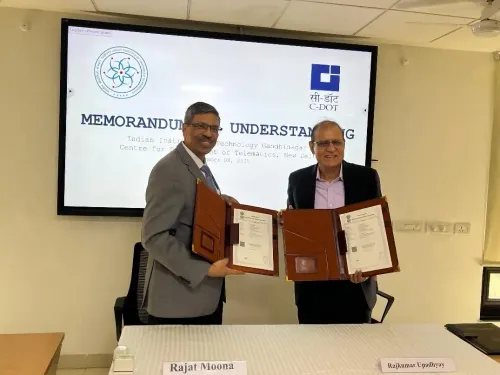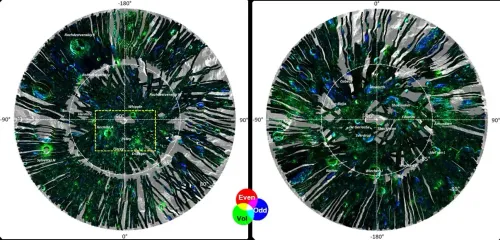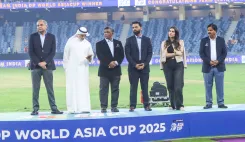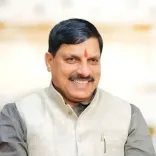How Will New EEZ Rules Empower Coastal Livelihoods and Promote Sustainable Deep-Sea Fishing?

Synopsis
Key Takeaways
- New EEZ rules prioritize local cooperatives and sustainable fishing.
- Access to advanced technologies enhances deep-sea fishing.
- Government support includes training programs and financial assistance.
- Measures against harmful fishing practices protect marine ecosystems.
- Initiative aims to increase seafood exports and improve livelihoods.
New Delhi, Nov 8 (NationPress) The recently introduced guidelines for the 'Sustainable Harnessing of Fisheries in the Exclusive Economic Zone (EEZ)' are designed not only to facilitate deep-sea fishing but also to enhance seafood exports through an emphasis on value addition, traceability, and certification, as stated by the government on Saturday.
The regulations prioritize Fishermen Cooperative Societies and Fish Farmer Producer Organisations (FFPOs) in managing advanced fishing vessels and undertaking deep-sea fishing operations.
“This initiative, motivated by Prime Minister Narendra Modi’s vision to unlock the hidden potential of India’s marine sector, aligns with the Budget 2025–26 announcement that anticipated a framework for sustainable fisheries in the Indian EEZ and High Seas, particularly focusing on the Andaman & Nicobar and Lakshadweep Islands,” reported the Ministry of Fisheries, Animal Husbandry and Dairying.
In the island territories of the Andaman & Nicobar and Lakshadweep, which account for 49 percent of India’s EEZ area, the deployment of mother and child vessels is expected to significantly boost the export of premium-quality fish.
The government plans to extend comprehensive support to fishers and their cooperatives/FFPOs through training programs, international exposure visits, and capacity-building initiatives across the value chain, including processing, value addition, marketing, branding, and exporting.
Access to affordable credit will be made easier through flagship schemes like the Pradhan Mantri Matsya Sampada Yojana (PMMSY) and the Fisheries and Aquaculture Infrastructure Development Fund (FIDF).
The EEZ regulations also take a strong stance against harmful fishing methods like LED light fishing, pair trawling, and bull trawling, aiming to safeguard the marine ecosystem while ensuring fair fishing opportunities.
“To preserve biodiversity, a minimum legal size for fish species will be established, and Fisheries Management Plans will be devised in collaboration with stakeholders, including state governments, to restore dwindling fish stocks,” added the ministry.
Additionally, mariculture practices such as sea-cage farming and seaweed cultivation will be promoted as alternative livelihoods, reducing fishing pressure in nearshore areas while increasing production without compromising environmental integrity.
These initiatives are set to particularly benefit small-scale fishers and their cooperatives, giving them access to deep-sea resources, the ability to earn higher incomes, and opportunities to export high-value species such as tuna to international markets.
This initiative is anticipated to unveil new opportunities for India’s marine fisheries sector, leading to the establishment of modern infrastructure and the introduction of the mother-and-child vessel concept, which will facilitate mid-sea transshipment under a robust monitoring mechanism compliant with Reserve Bank of India (RBI) regulations.
India’s extensive coastline of over 11,099 kilometers and vast EEZ area exceeding 2.3 million square kilometers supports the livelihoods of more than 5 million fishermen across 13 maritime states and Union Territories.









